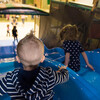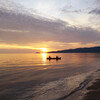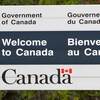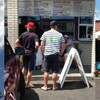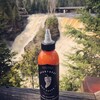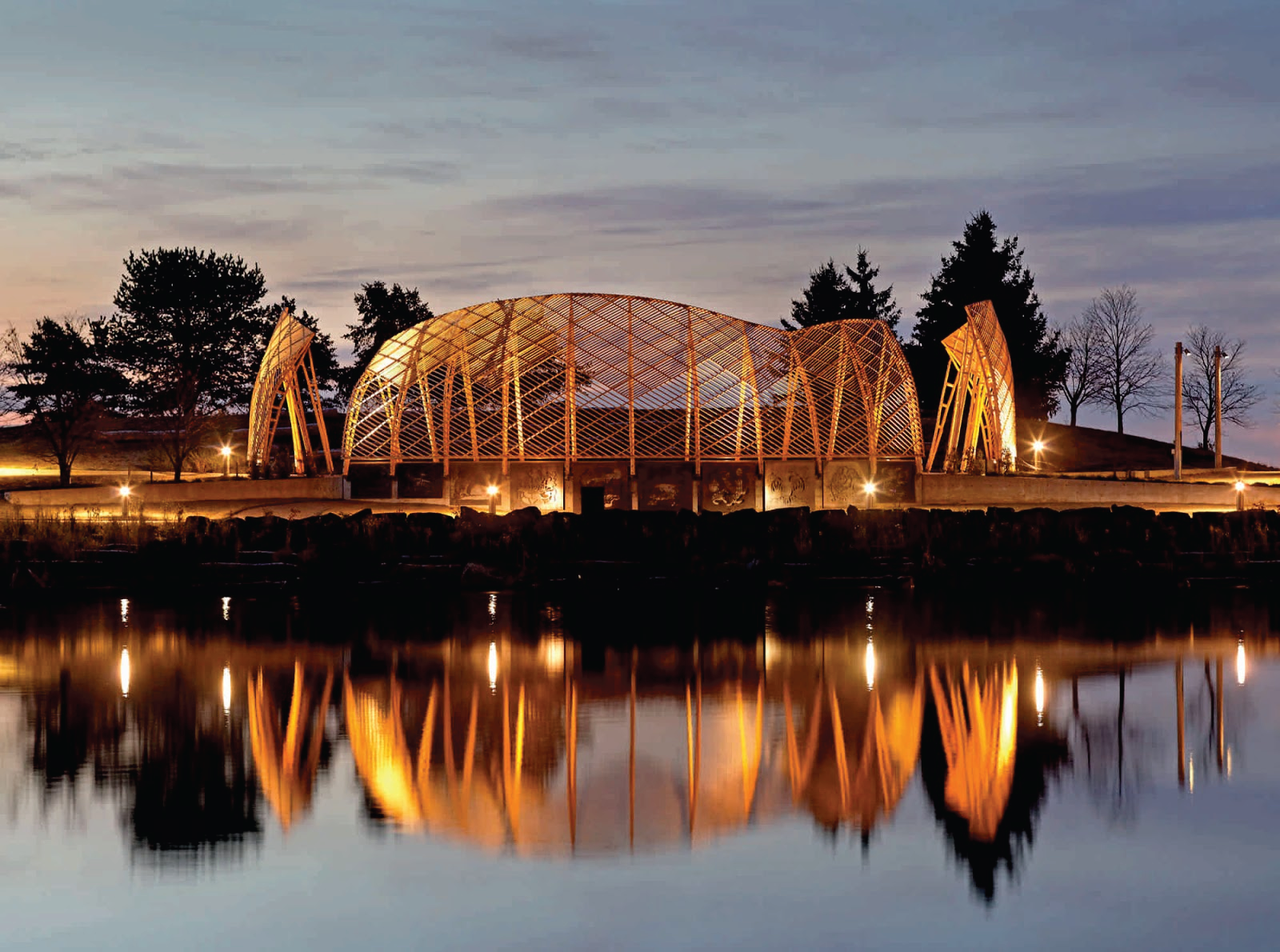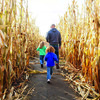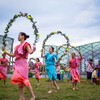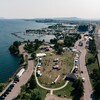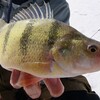
A Guide to First Nations and Métis Experiences in Thunder Bay
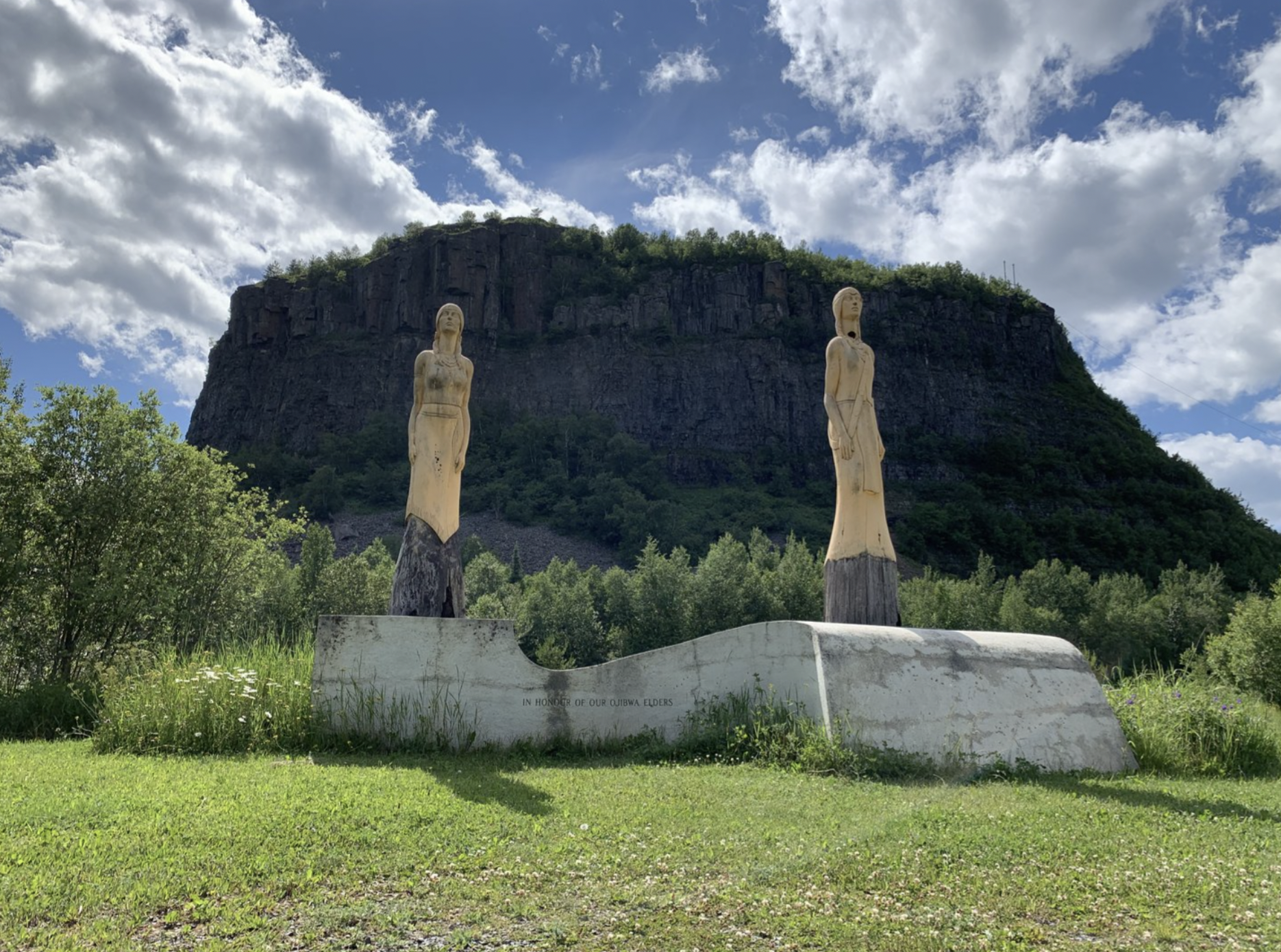
The area that’s now called Thunder Bay is a vibrant hub of Indigenous culture and history in Northwestern Ontario; both a home to and a destination for Indigenous peoples for thousands of years. Whether you’re interested in land-based learning, traditional foods, local art, or meaningful cultural events like powwows, Thunder Bay offers authentic First Nations and Métis experiences that honour the past and celebrate the present. This guide explores the best ways to connect with Indigenous culture in and around the city.
Indigenous Roots of Thunder Bay and the Meaning Behind the Name
This small northwestern Ontario city is built on the traditional territory of the Anishnabek Nation, which includes the Ojibwe of Fort William First Nation (FWFN), signatory to the Robinson-Superior Treaty of 1850. Artifacts like axe heads, scraping tools and spear points show that people have been living in the region for more than 10,000 years, using the vast network of rivers and lakes for trade and travel between communities.
When Europeans reached the area in the 17th century, they learned from the Ojibwe residents that the site was called Animikie, which means “thunder.” The French fur traders who travelled the region called the area between the Sibley Peninsula (site of the Sleeping Giant) and the north shore of Lake Superior “Baie du tonnerre,” or Thunder Bay. Today, you can learn more about rich heritages of the Indigenous peoples who live in and around Thunder Bay, through cultural experiences and tours, art, food and more.

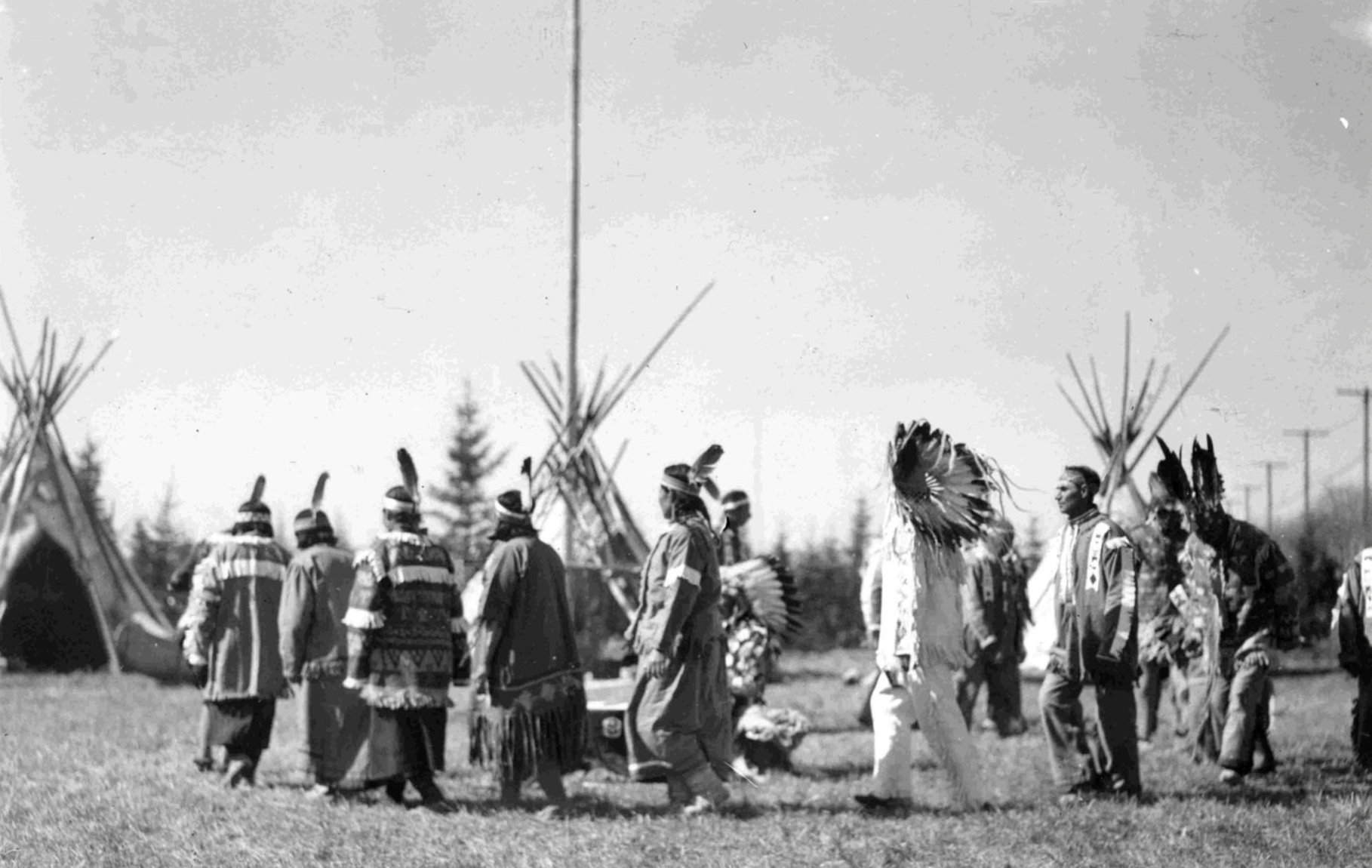
Indigenous Cultural Experiences in Thunder Bay
Niibing Tribal Tours, located just outside of Thunder Bay near Little Trout Bay on Lake Superior offers a variety of land-based learning opportunities, including harvesting sweetgrass, cedar, tobacco and sage, learning hand drum songs around the fire and participating in a smudging ceremony. You can also opt into guided tours, given from an Indigenous perspective, of local landmarks like Kakabeka Falls and the Sleeping Giant, or book a summer solstice or autumn equinox retreat.
Groups can explore the options at SOIL (School of Indigenous Learning) at Little Pigeon Bay, also on Lake Superior to the south of Thunder Bay. Programs and activities include drum and medicine wheel teachings, beading and survival skills.
In the late summer and fall, you can learn about the harvesting of wild rice, a traditional food, at Aninshinaabe Wild Rice Experience. This site at Whitefish Lake southwest of Thunder Bay takes you through the harvesting, preparation and cooking of wild rice, as well as helps you gain a deeper understanding of its spiritual significance.
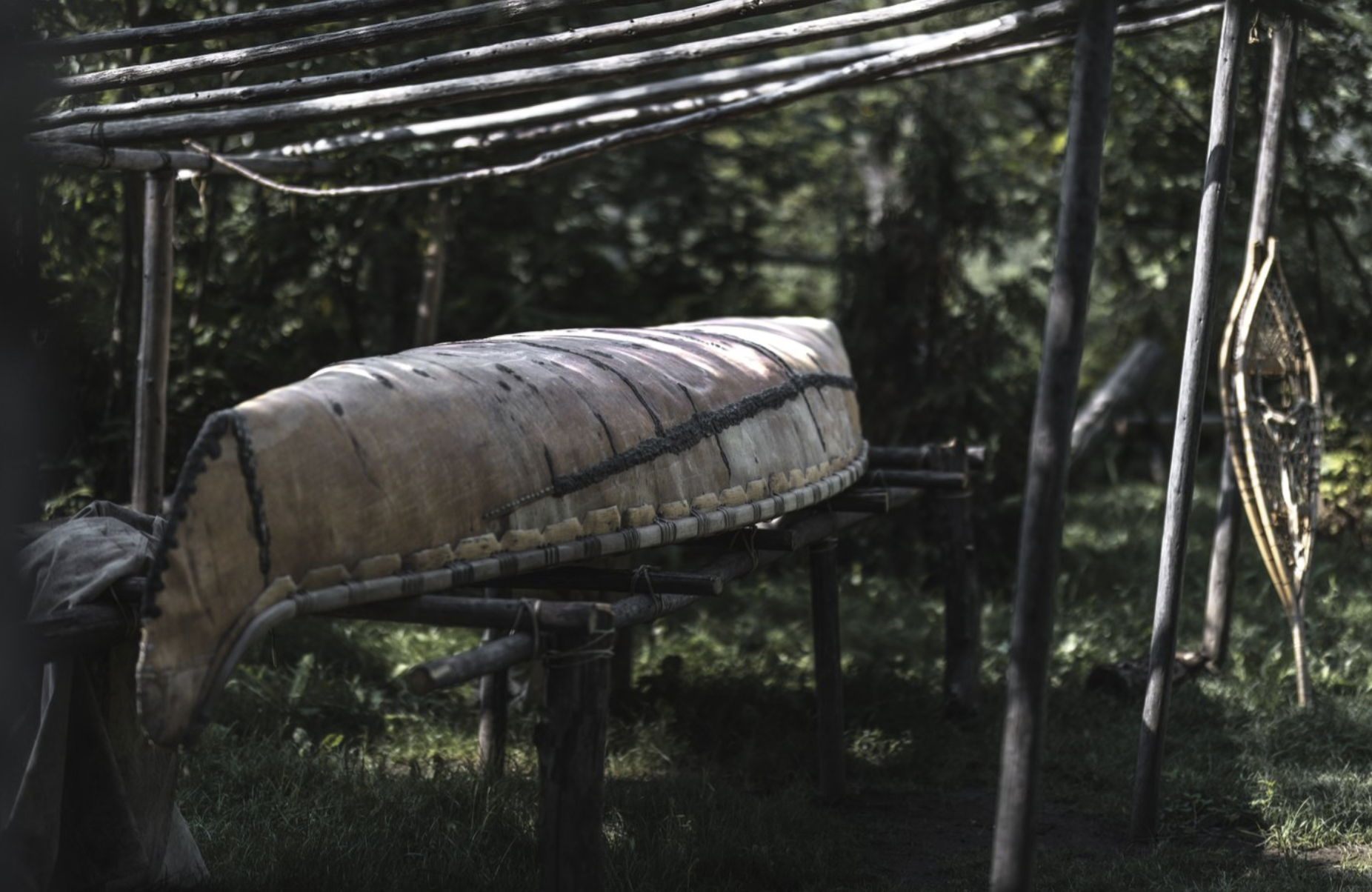
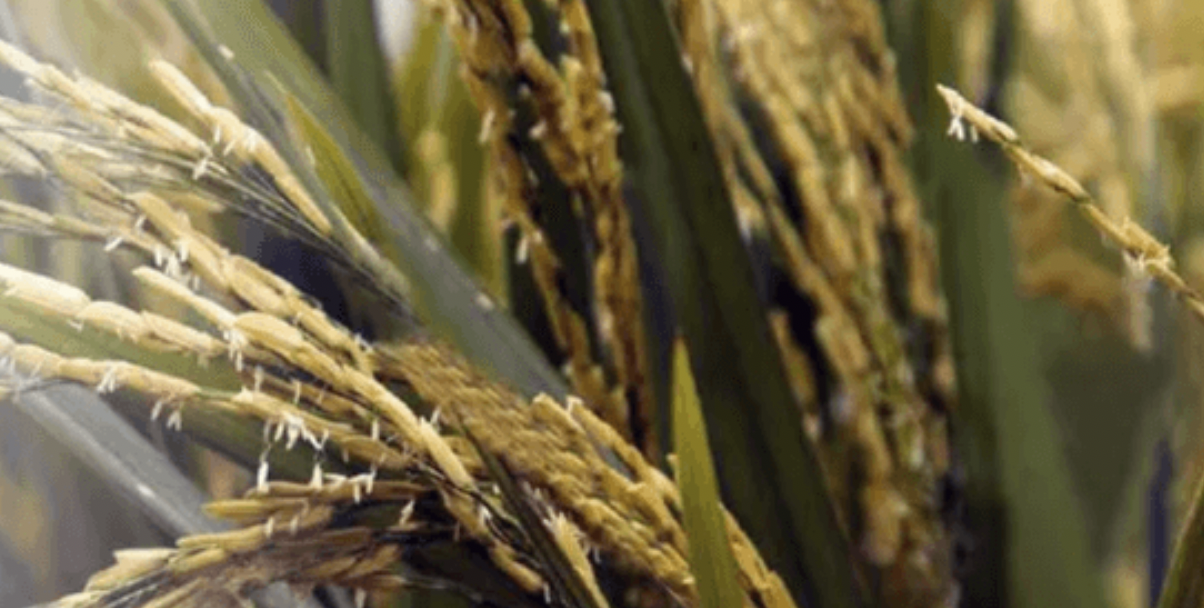
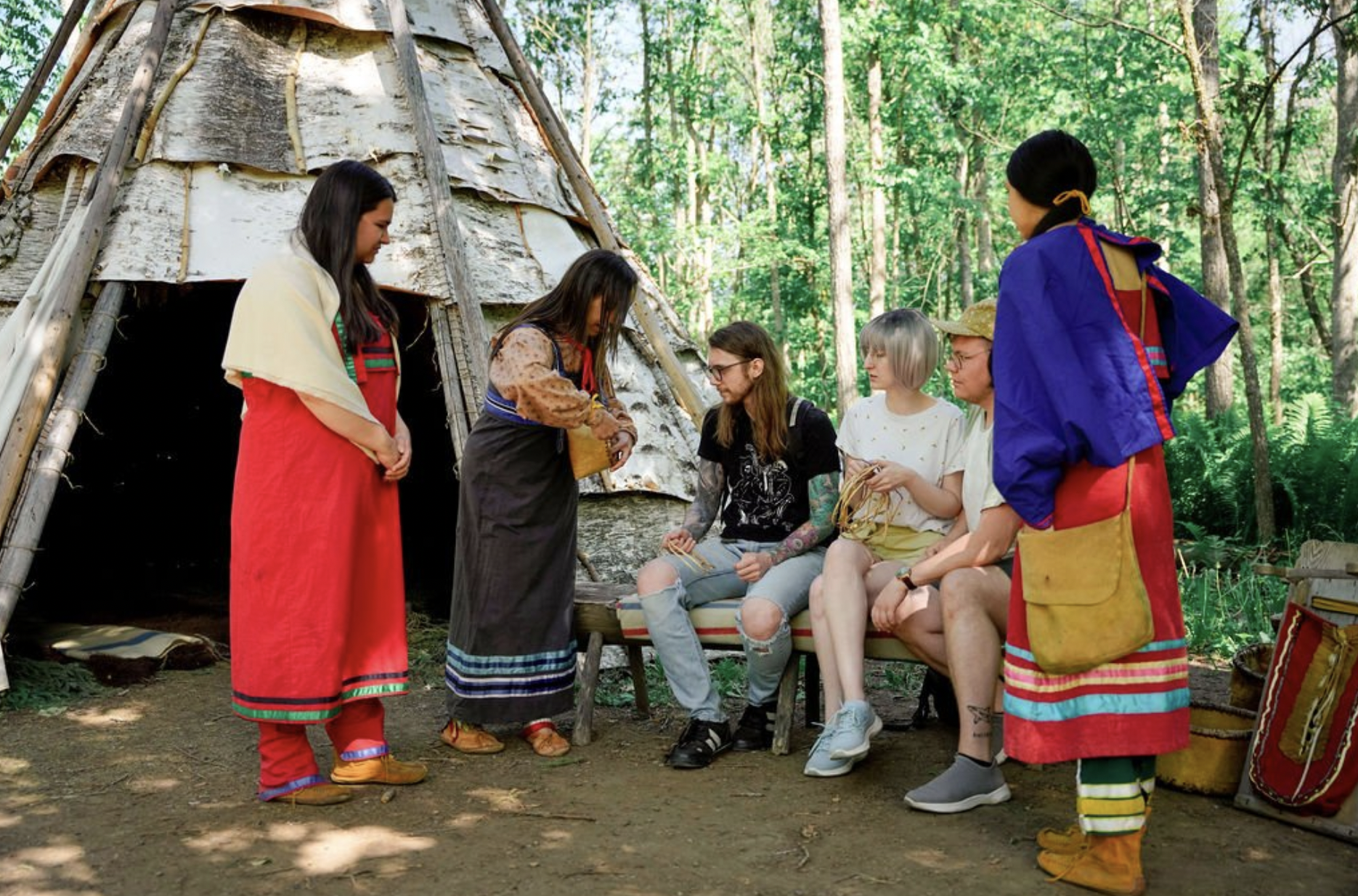
Fort William Historical Park and the Fur Trade Era
Fort William Historical Park (FWHP) is a fascinating recreation of an early 1800s fur trading fort where European and Indigenous traders and merchants lived and worked. There, you can chat with costumed interpreters about life within the fort palisades as well as the Anishnaabe encampment just outside. Every August, the fort holds a free weekend event called Anishinaabe Keeshigun to celebrate Anishinaabe culture, traditions, language, and technology, along with a community feast and powwow.
During the peak of the fur trade in the 18th and early 19th centuries, voyageurs (French-Canadian and Métis fur traders) adapted traditional Indigenous birchbark canoes to bigger sizes to transport large amounts of furs and goods from central Canada all the way to Montreal. Today, you can paddle a modern version of these large canoes—check out guided tours through Lake Superior National Marine Conservation Area (launching at Sleeping Giant Provincial Park) as well as Such A Nice Day Adventures.
Powwows and Cultural Gatherings in Thunder Bay
A powwow is a perfect opportunity to experience authentic music, dancing, regalia and more. Different organizations and communities hold different powwows throughout the year, so keep an eye on the Thunder Bay Indigenous Relations Facebook page to see notices about upcoming gatherings.
One of the largest is the powwow at Fort William First Nation, held annually in late June or early July at the Powwow Grounds on Anemki Wajiw (Mt. McKay).
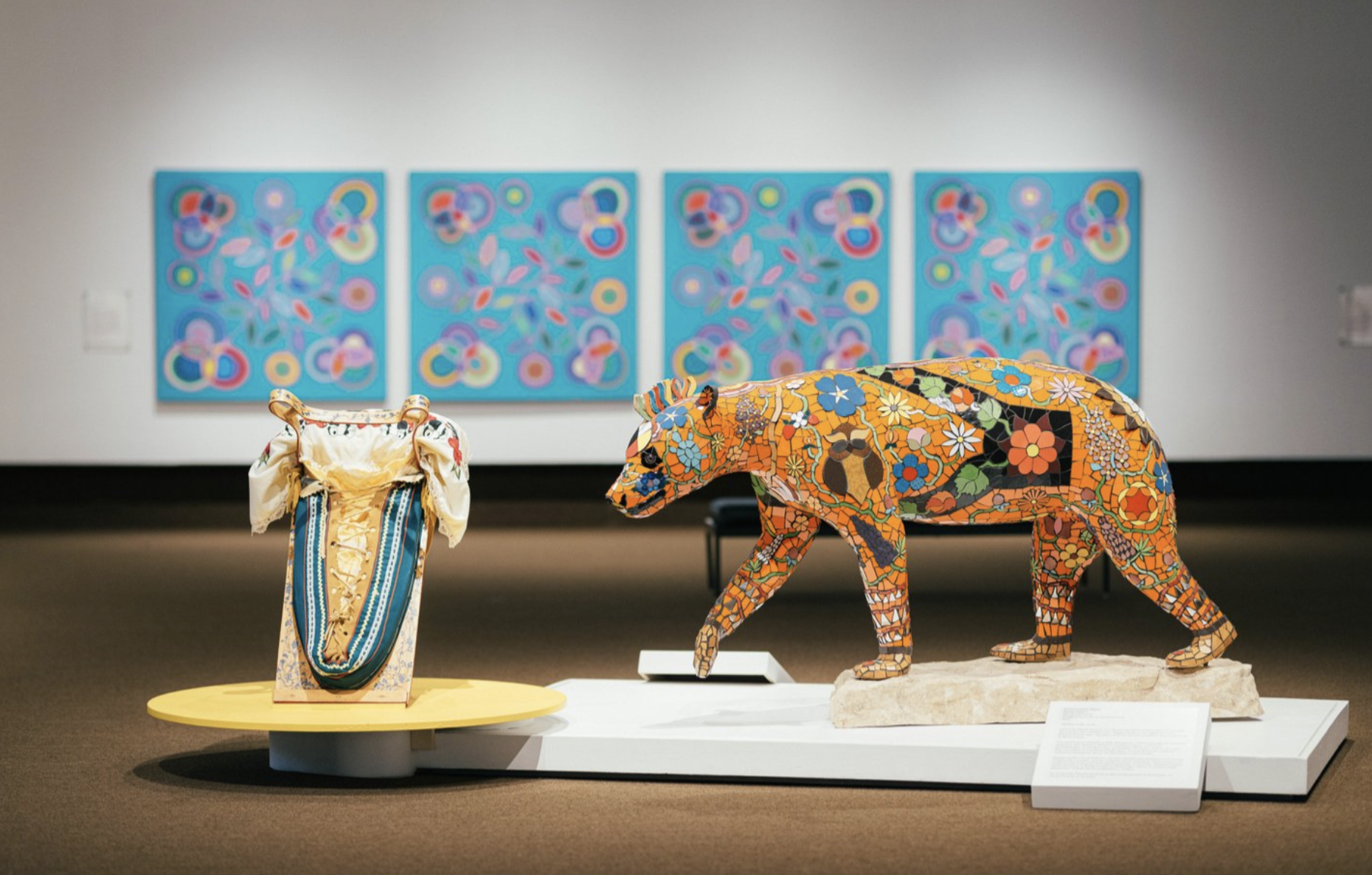
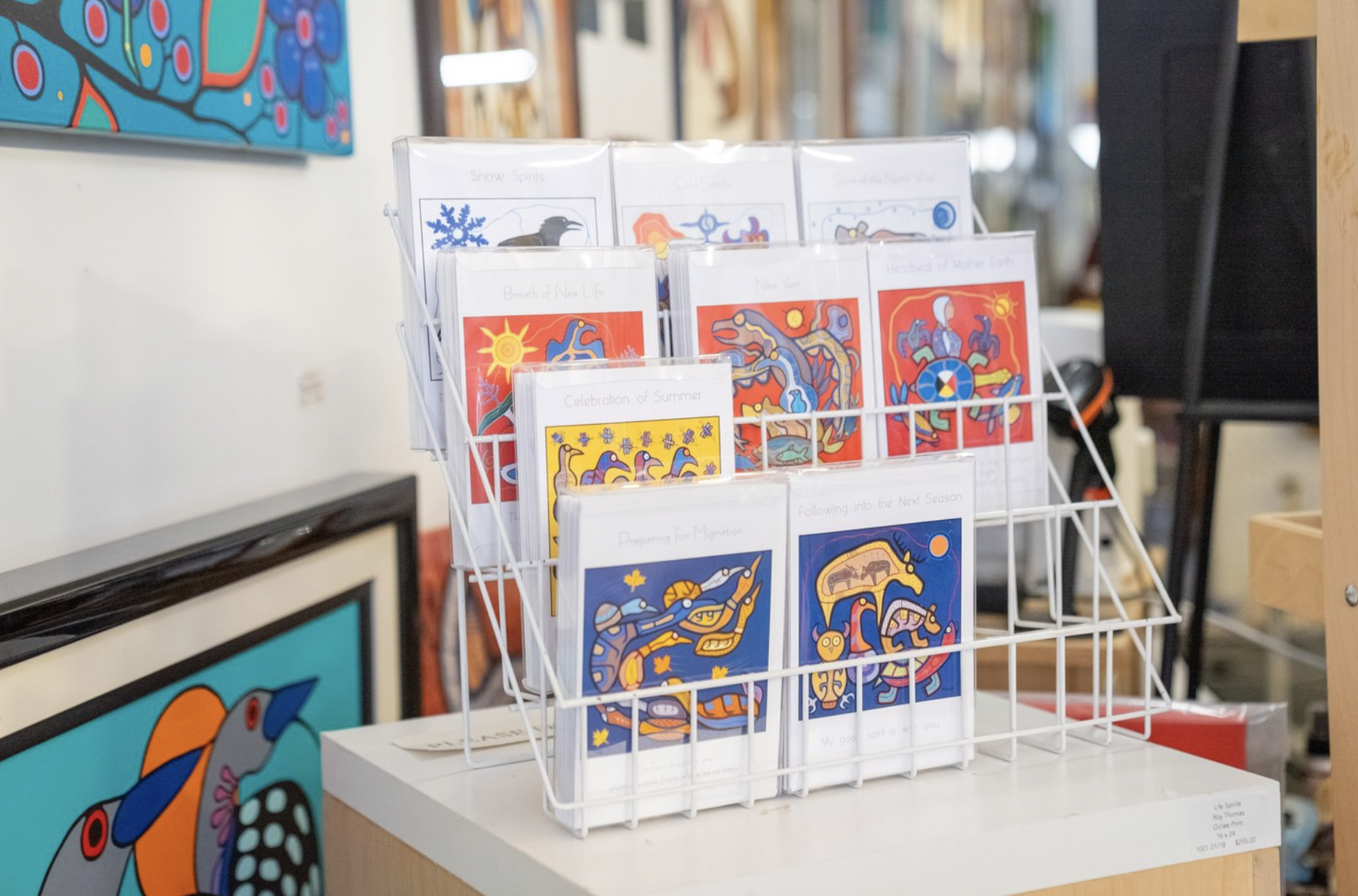
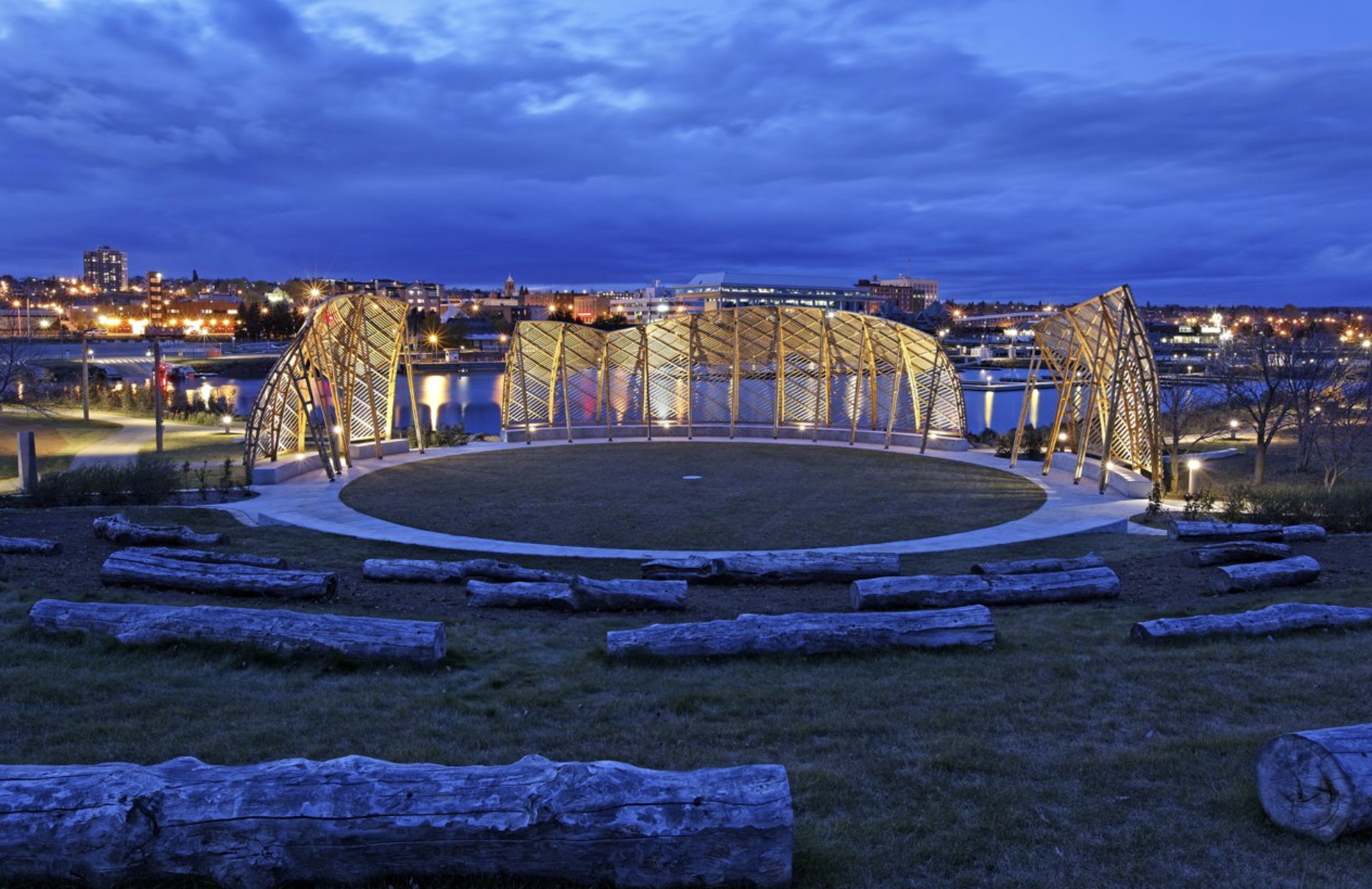
Indigenous Art and Artists in Thunder Bay
At the Thunder Bay Museum you can get a closer look at some incredible Indigenous technology and art, including beadwork, a medicine scroll, arrowheads and tools. Be sure to see the recently completed Pillar Project at the museum’s exterior as well, where five young artists, including Indigenous artists, shared their vision of decolonizing the building’s façade. Watch for important visiting exhibits related to Indigenous history as well.
The Ahnisnabae Art Gallery is a longtime go-to for those interested in seeing and purchasing original contemporary art by Indigenous artists, including Candace Twance, Christian Morrisseau, Darryl Big George and Jim Oskineegish. Another option is the Wolf Tracks Gallery with its vibrant collection of paintings, fibre art and clothing for purchase.
The Thunder Bay Art Gallery is renowned for its collection of contemporary Indigenous art, as well as visiting exhibits. One current exhibit showcases the work of Benjamin Chee Chee. You can also pick up products by Indigenous artists and makers at the gift shop, including a collaboration with artisanal Heart/Soul candles, made at FWFN.
Take a walk on the waterfront at Marina Park/Prince Arthur’s Landing to see public art and structures developed or created by Indigenous makers including the award-winning Spirit Garden, Jiigew and Celebration Circle.
Supporting Indigenous Makers and Entrepreneurs
Goods & Co. is a cool urban market at the north end of Thunder Bay, and it includes shops for several Indigenous makers, such as 21 Creek Creations (ribbon shirts skirts, T-shirts and baby clothes as well as jewelry and fabrics), Cree Stevens Designs (birchbark jewelry) and Mamakeesick Roots (art, clothing and sports equipment). Keep an eye out for their pop-up events throughout the year too, such as the June 2025 Indigenous Artist Market.
Entershine Book Shop in the popular Bay & Algoma neighbourhood carries a selection of books by Indigenous authors as well. Wazison Arts is an Indigenous-owned venue that hosts art workshops and carries beautiful items by Indigenous artists too, including Sister Bear Designs and owner Angela Jason. In December, don’t miss Ontario’s largest Indigenous art market, hosted by Aboriginal Artworks Group of Northern Ontario.
Check out these local Indigenous artisans and makers too, to see where their products are available or where they are exhibiting.
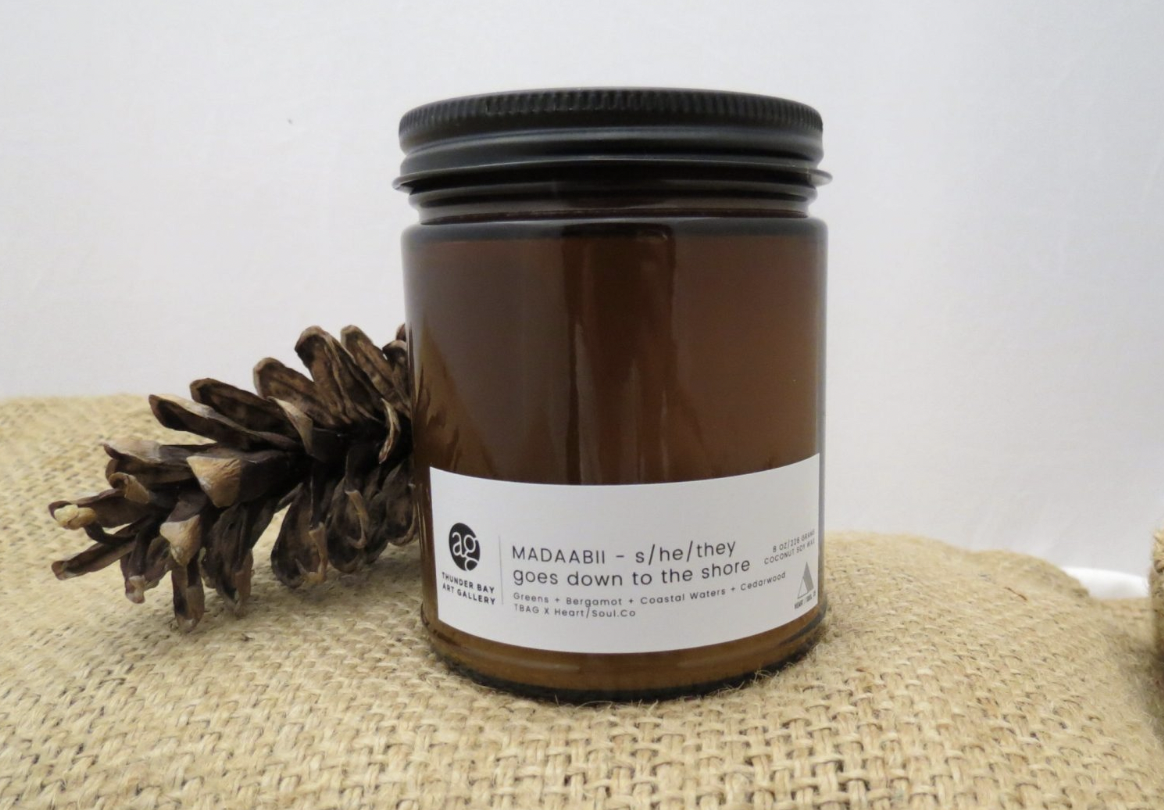

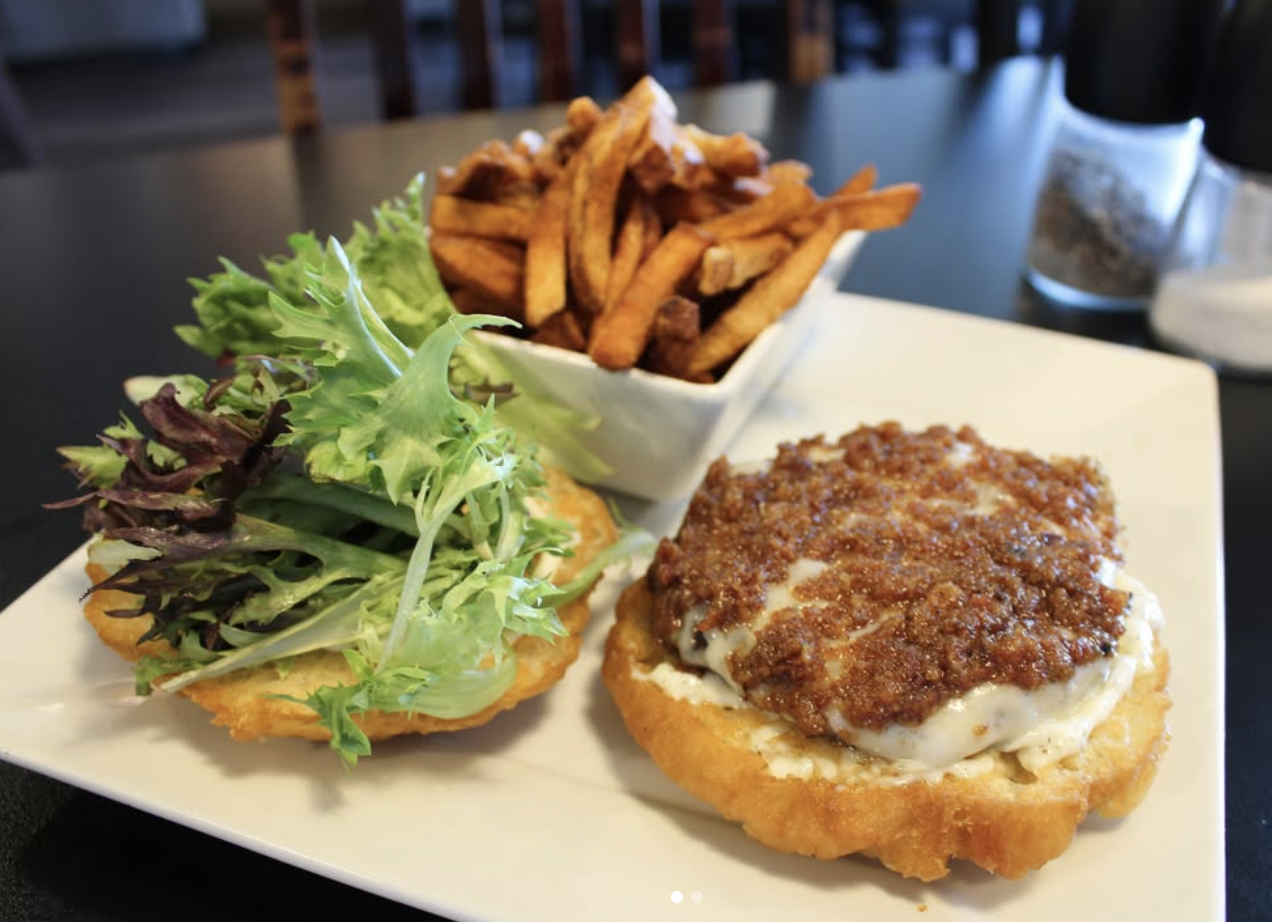
Indigenous-Inspired Food and Dining
Cottage Time Public House is a new Indigenous-owned eatery on Hwy 61 that carries food with an Indigenous twist, such as Bannock bruschetta or Three Sisters hummus.
The Bannock Lady at Intercity Shopping Centre serves up quick and tasty homemade bannock as well bannock tacos and burgers.
Baabaashi Gibichii (which means “a person who stops for a quick break”) is Confederation College’s coffee shop in the Shuniah building and offers baked bannock made in-house and Birch Bark coffee, a fair trade and Indigenous-owned company.
Supporting and celebrating the vibrant culture of Indigenous peoples in Thunder Bay is an excellent way to fully experience all that the city has to offer. Boozhoo (welcome)!
Recommended Articles

Epic Lake Superior Adventures Near Thunder Bay
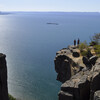
Experience Your Perfect Summer in Thunder Bay

Eco-Friendly Travel in Thunder Bay
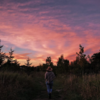
Wellness Retreats in Thunder Bay

LGBTQIA+ Friendly Businesses in Thunder Bay

Uncovering Thunder Bay's Hidden Gems
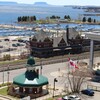
Top 10 Interesting Facts About Thunder Bay

Work Hard, Reward Yourself: Discover Thunder Bay’s Best Winter Experiences

Thunder Bay Winter Fun Guide 2025
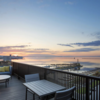
12 Best Places to Stay in Thunder Bay

5 Fantastic Ways to Explore the Water in Thunder Bay

5 Reasons to Bring a Conference or Meeting to Thunder Bay, Ontario

21 Ways to Enjoy Thunder Bay
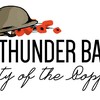
The Remembrance Poppy and its Thunder Bay Roots

Why You Should Always Travel With Fishing Gear in Thunder Bay

This new cruise ship sails into Thunder Bay

Chill Out in Thunder Bay: Why Cold Plunges Are Hot Right Now
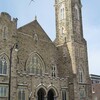
Walk This Way: Self-Guided Art and History Tours in Thunder Bay
